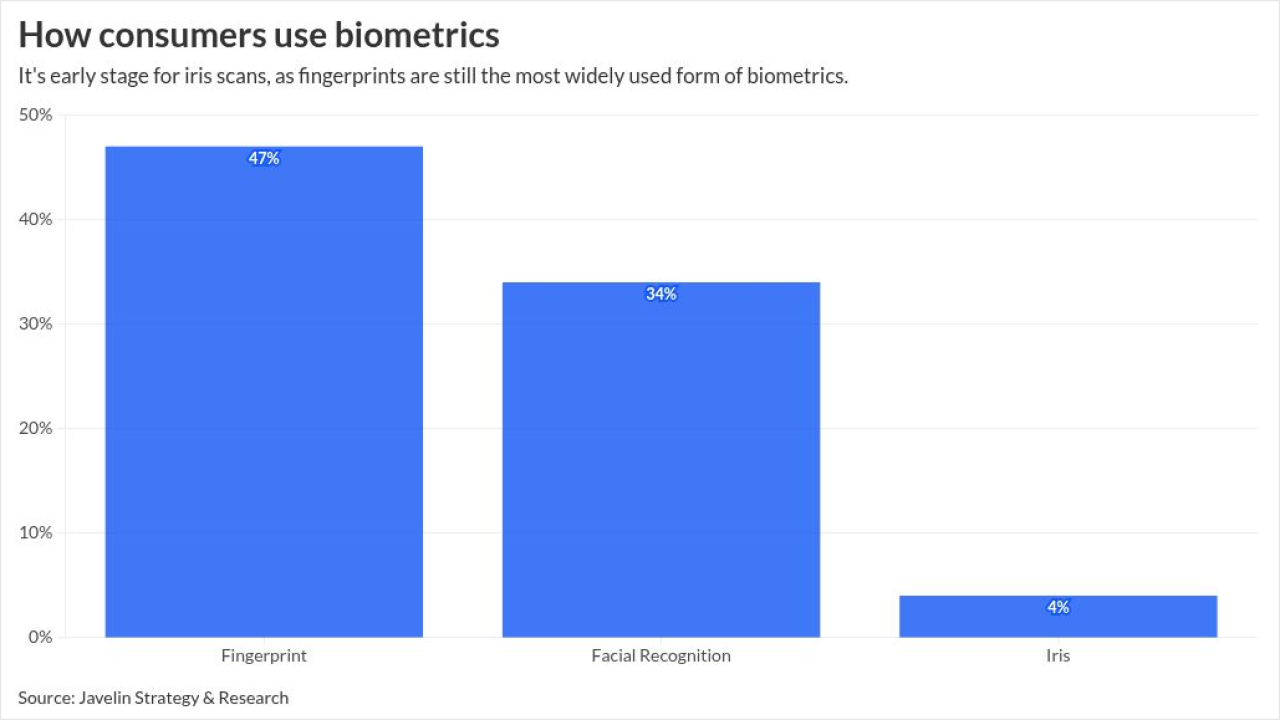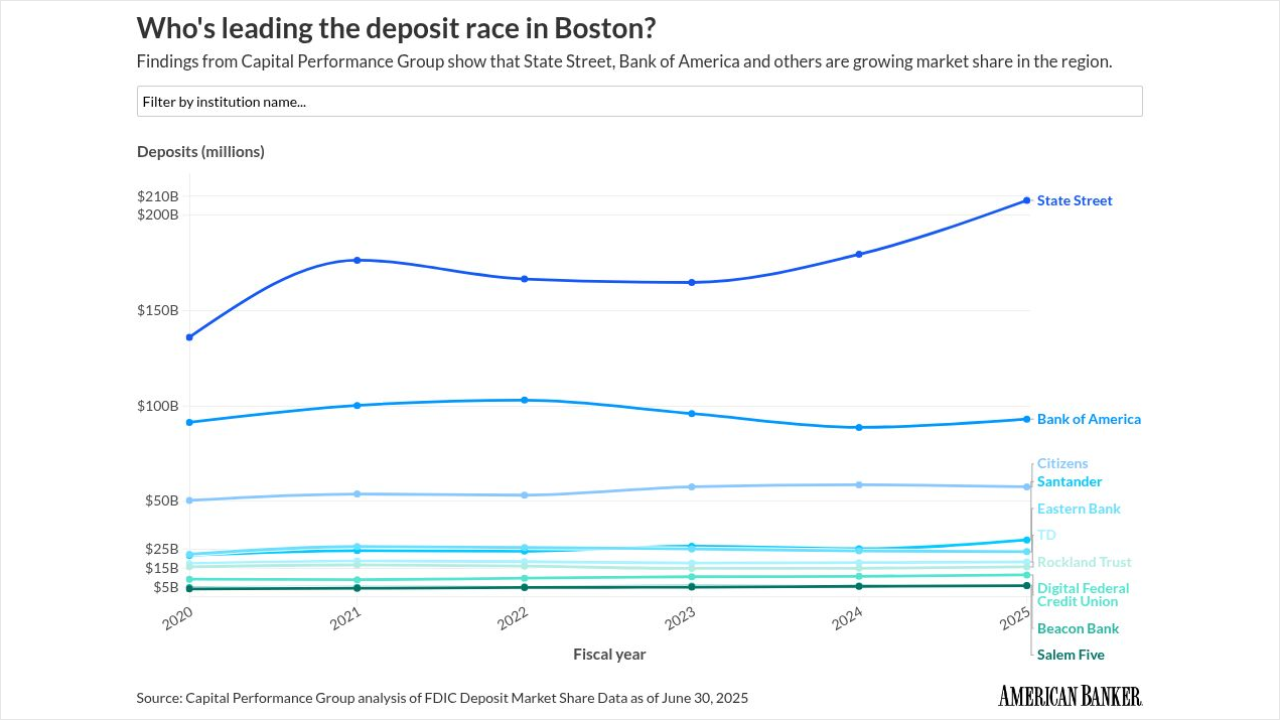
WASHINGTON — Federal banking regulators last week asked the Fifth Circuit to lift a preliminary injunction against their revised implementation rules for
"The court claimed to be interpreting the CRA's text to determine whether [regulators] exceeded their authority in issuing the Final Rule, but instead misconstrued the statutory text to find in Plaintiffs' favor," the agencies wrote. "Because of the district court's errors, [regulators] respectfully request that its preliminary injunction order be reversed."
The request — argued in a Thursday brief by the Federal Reserve Board, the Office of the Comptroller of the Currency and the Federal Deposit Insurance Corp. — said that the district court improperly restricted the assessment of a bank's community lending to areas around physical facilities when the CRA statute is not so explicitly restrictive.
Congress passed the CRA in 1977, directing the banking agencies to issue rules that ensure banks lend to their entire community — including low-income residents — in an attempt to combat redlining at financial institutions. Banks have complained about aspects of the
That opposition
Just before the rule's implementation date on April 1, U.S. District Judge Matthew Kacsmaryk issued an interim injunction against the rule, finding that it mandates the agencies evaluate a bank's retail lending activities — such as residential mortgage and small business loans — both in areas with deposit-taking facilities and in other areas where banks do significant lending.
In an April appeal, the three regulators sought to lift the injunction granted to banking trade groups, which claimed the new rules would increase costs and reduce lending to low- and moderate-income borrowers.
In the brief, regulators argue the district court "rewrote" the CRA statute in two impermissible ways. First, they say the court took too narrow an interpretation of the statute's directive that the agencies compel banks to lend to their whole communities. Judge Kacsmaryk previously found that a bank's community — the area within which regulators judge their CRA compliance — should be defined as solely the geographic areas near a bank's brick-and-mortar facilities.
Regulators argue that the CRA allowed them the authority to define the entire community in a more holistic way. While the geographic areas will still be considered, regulators argue modern banking — in which consumers bank far beyond their neighborhoods — warrants expanding the scope of where they assess firms' lending activity.
"Because of changes in the banking industry since the last comprehensive update to the regulations in 1995, a subset of banks, such as primarily online banks, are now conducting substantial shares of their retail lending away from these physical facilities, creating a lack of parity in how institutions with different business models are evaluated," the agencies stated.
"The best interpretation of the CRA is that it supports this regulatory improvement, as Congress directed that banks must be evaluated in their 'entire community' and did not include any limitations on the 'entire community.'"
The agencies also say that the injunction is unwarranted and that the plaintiffs' claims of imminent and excessive compliance costs are overblown and unproven. The agencies emphasize the lengthy transition period provided for banks to comply with the new rules, which substantially mitigates any immediate financial burden.
The agencies emphasized that the extended timeline allows banks to adapt to the changes gradually without facing significant upfront costs. They also argue the compliance costs cited by the plaintiffs do not meet the threshold of severe and immediate harm needed for a preliminary injunction.
"Despite the [agencies] demonstrating that Plaintiffs' claimed compliance costs are de minimis and do not need to be incurred imminently given a lengthy transition period and forthcoming guidance, the district court found irreparable harm simply because there would be any amount of 'nonrecoverable compliance costs,'" the agencies said. "Seventy percent of banks will have the same or a lower regulatory burden under the Final Rule as compared with their burden under the existing regulations."






